Sweet New Earth is an ad free and entirely reader-supported site.
When you purchase products through links on our site, we may earn a commission which supports our reviews.
Learn more.
Top 10 Tree Trimming Tools: Everything You Need To Know
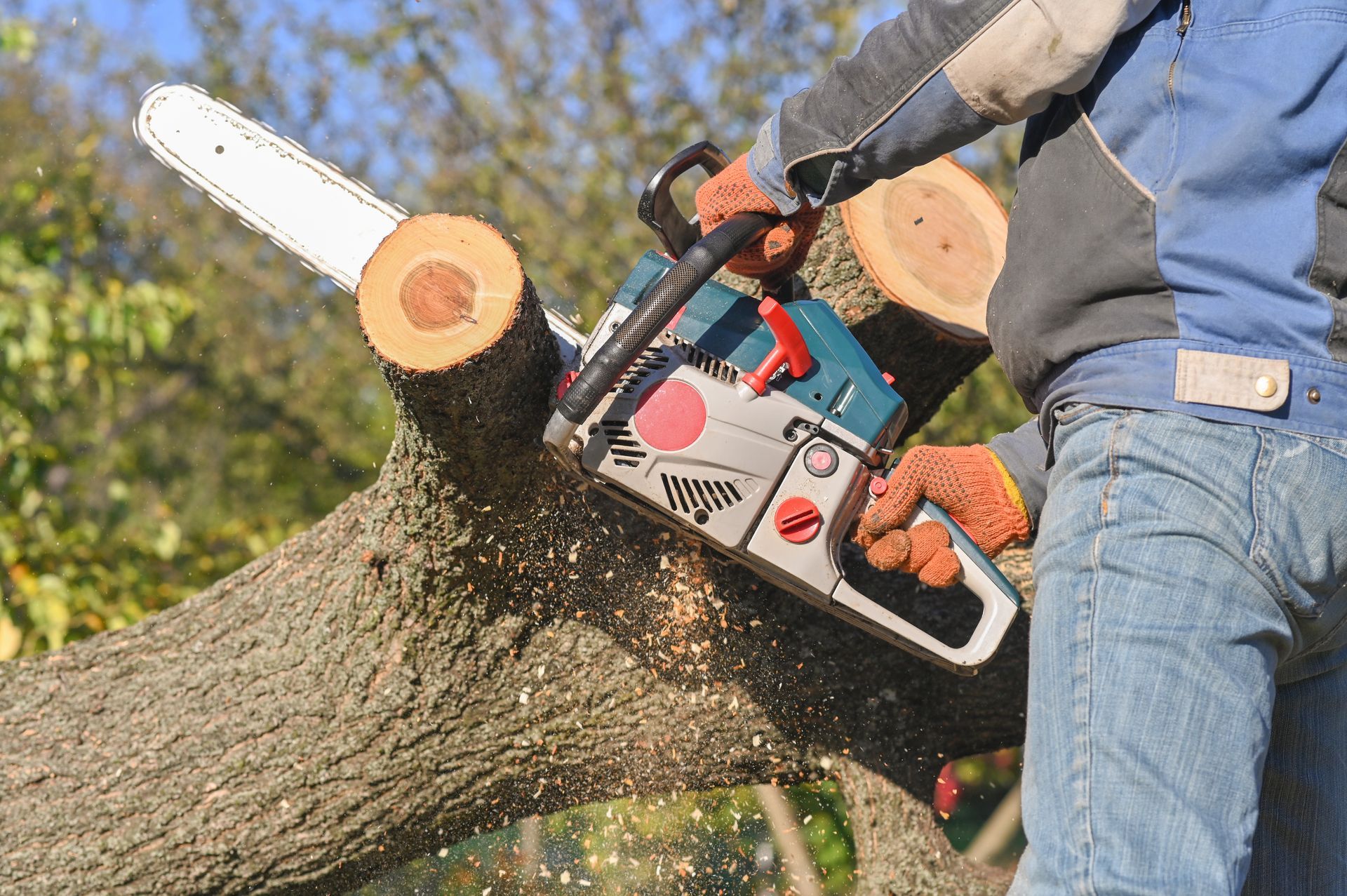
Effective tree care starts with the right trimming tools. These instruments simplify pruning, making maintenance faster and more efficient. Popular options include loppers, pruning shears, pole pruners, hedge trimmers, and chainsaws. Below, we showcase some of the top tree-trimming tools favored by both gardening professionals and enthusiasts.
Table of Contents
Top 10 Tree Trimming Tools
While this list of tree cutter tools may be long, it's important to remember that you do not need all these tools. Purchase handy tools, like pruners and shears, if you only need to maintain your garden.
Pruning Shears
Primary Purpose: Pruning
Branch Size: 3/4 inch
Pruning shears, hand pruners, or secateurs are gardening tools to trim and shape small branches and stems. There are two types of pruning shears; anvil and bypass..
Anvil-type pruning shears have a single blade that comes down against a flat cutting surface. These work best for hard or dead branches because of their durability and strength.
Meanwhile, bypass pruners have curved blades. They cut in a scissor-like overlapping fashion and are ideal for softer branches.
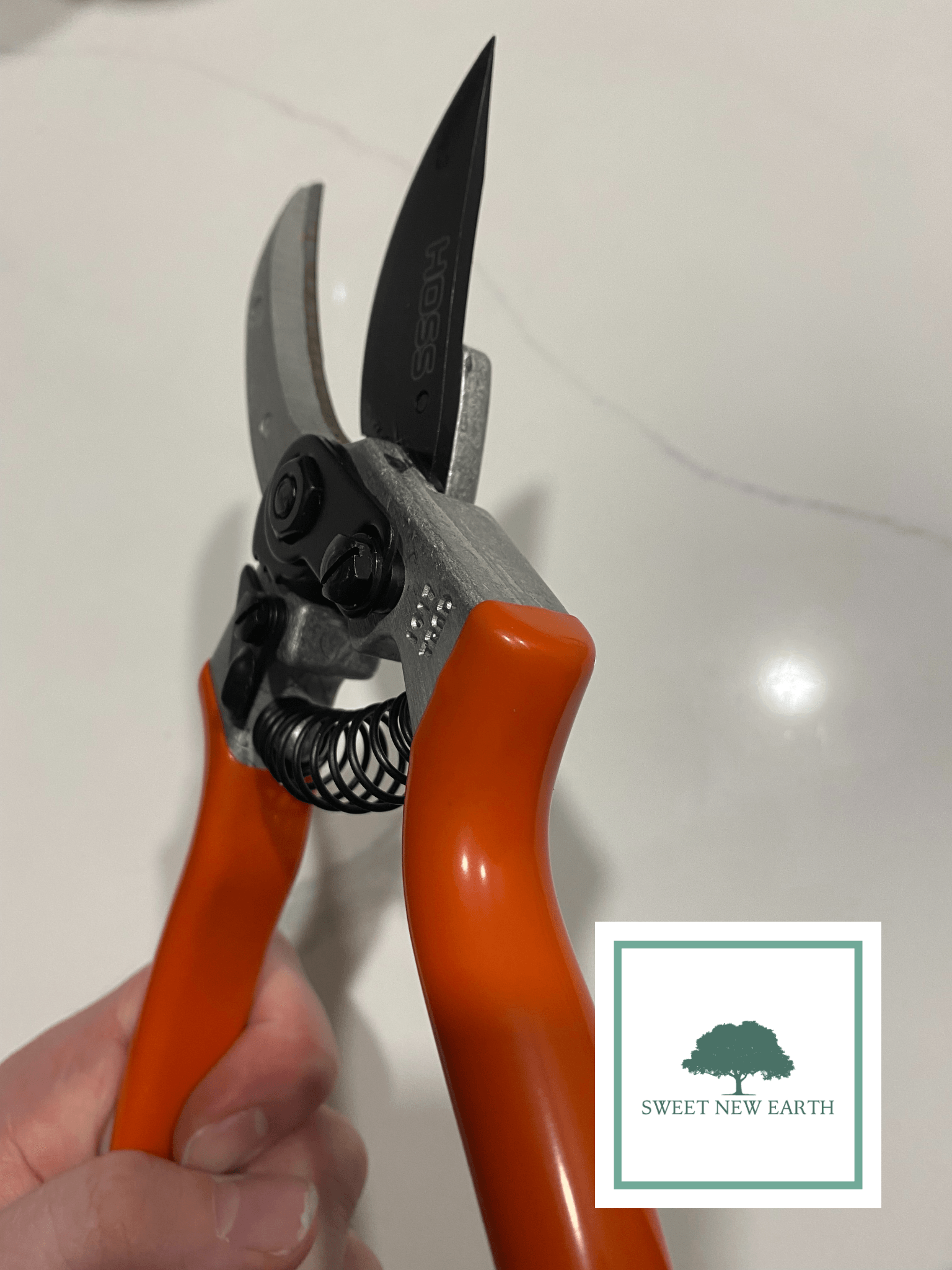
Loppers
Primary Purpose: Pruning
Branch Size: 2 inches
Loppers are similar to tree pruners but have long handles for better cutting power and leverage. They can prune twigs, stems, and branches.
Most loppers have two blades that slide past each other as you squeeze the handle. The sliding movement cuts through the stem or branch.
While some loppers have straight blades, others have curved ones. The blade may be carbon fiber, steel, or another material. Besides pruning, loppers are also used to cut back overgrown shrubs and shape hedges. Loppers are one of the
best tools to cut tree branches.
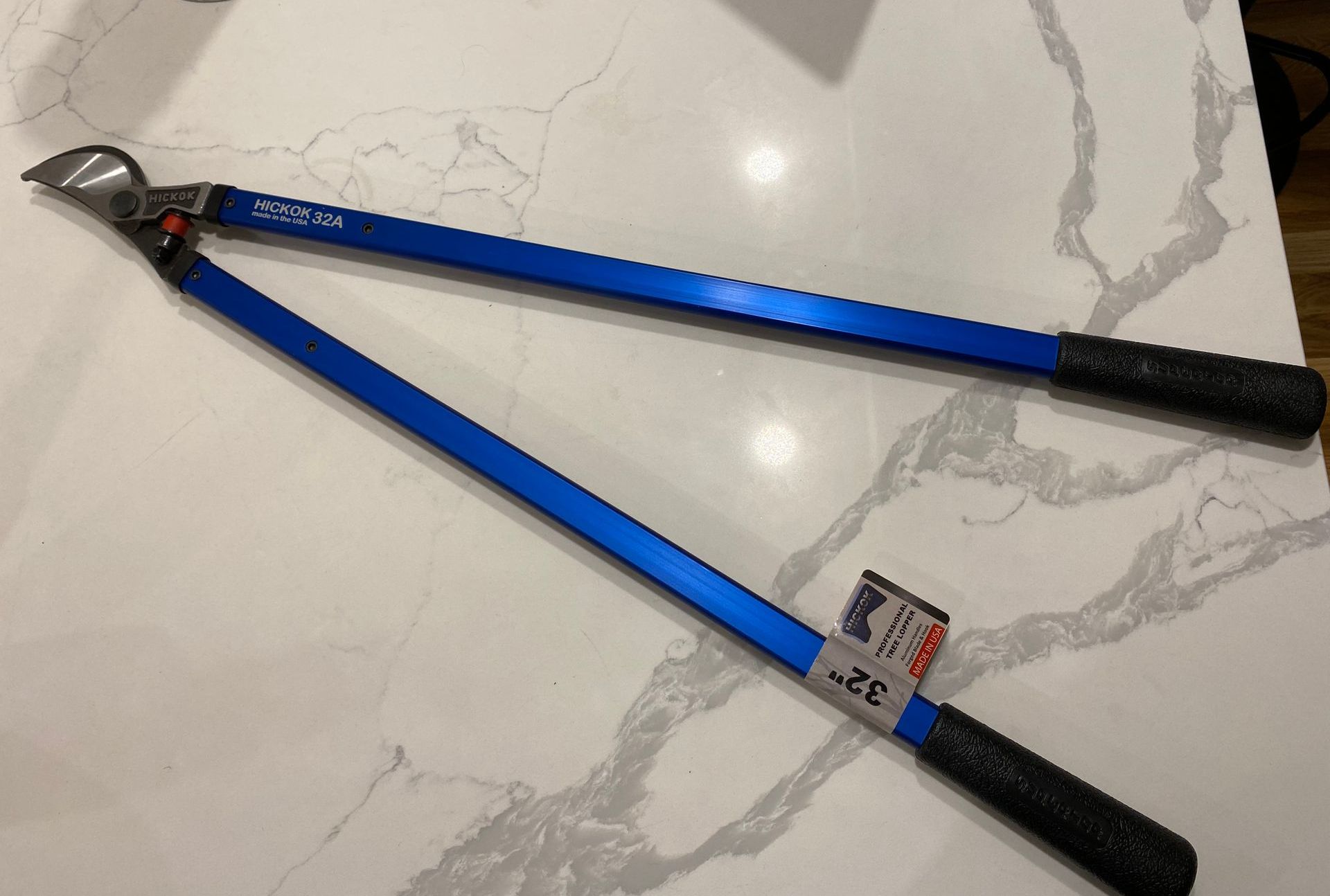
Pole Saws
Primary Purpose: Pruning High Branches
Branch Size: 3 to 8 inches
If you need to reach thick branches out of your reach, a pole saw can help. A pole pruner or a pole saw allows you to trim high limbs and branches from a tree because it has a long pole attached to a blade, eliminating the need for a ladder.
There are two basic types of pole pruners; powered and manual. Powered pole pruners are motorized, so they can be gas-powered or electric. An electric pole pruner may be corded or cordless, with the latter running on batteries.
Meanwhile, manual pole pruners are hand-operated. Although manual pole pruners may be more affordable and lightweight, it requires more physical effort from your side. In our opinion, the
best pole saw is gas-powered.
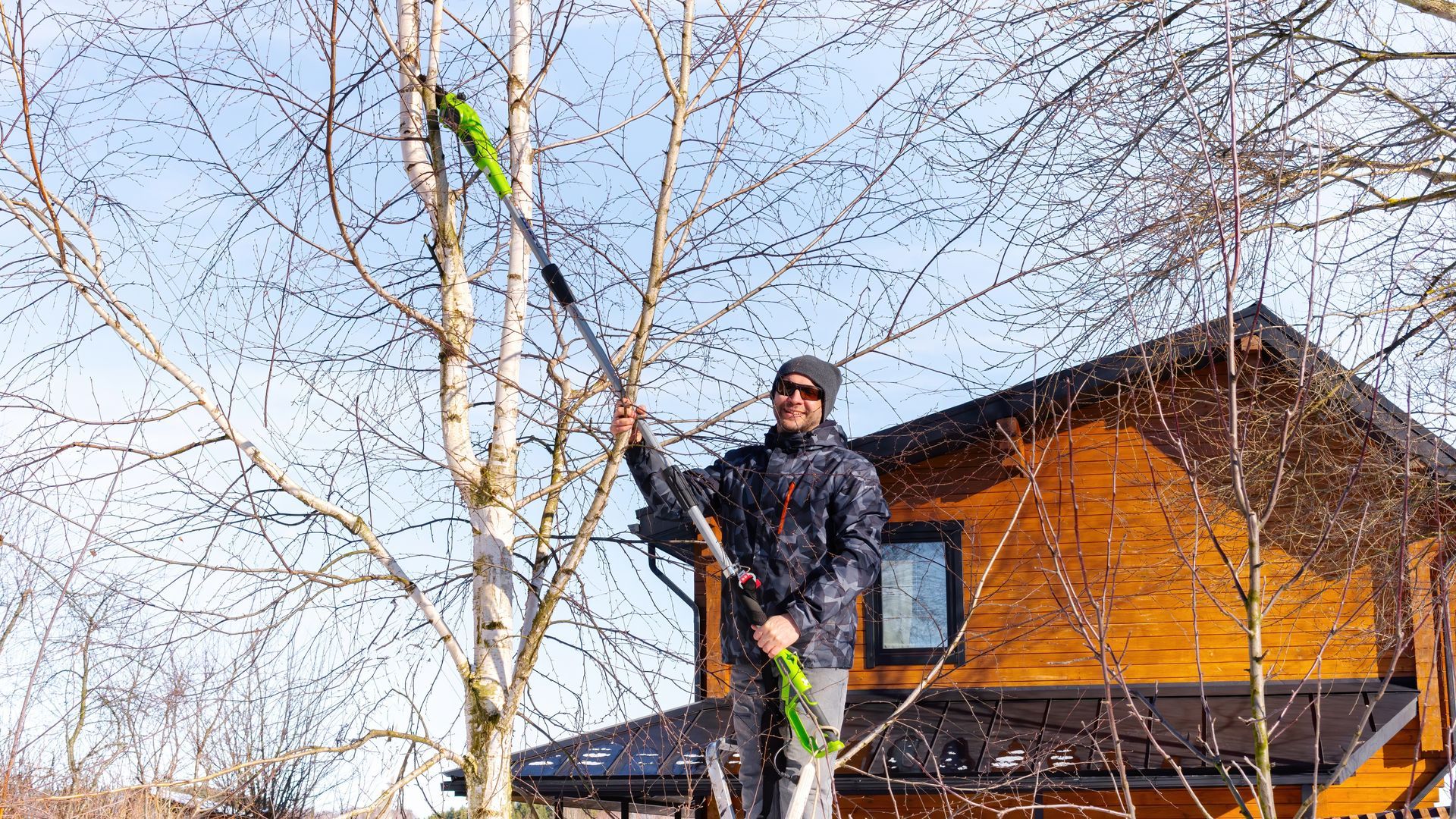
Hand Saws
Primary Purpose: Cutting Wood
Branch Size: 6 inches
A hand saw is a cutting tool that can cut branches and other woody parts of a tree. You must manually operate a hand saw, pushing its toothed blade into the wood to cut it.
Some common types of handsaws used in gardening include folding saws, coping saws, and pruning saws. Coping saws have narrow blades, while the blade of a folding saw can fold into the handle.
Meanwhile, pruning saws have fine small teeth to cut thick stems and branches that pruning shears cannot cut. You can use
hand saws to prune overgrown branches, cut small trees, and trim hedges.
Did You Know? The global gardening equipment market is expected to have a compound annual growth rate of 6% between 2023 and 2030. In 2020, the industry already generated $88.19 billion in revenue, which will only increase in the future.
Chainsaws
Primary Purpose: Pruning, cutting large branches, tree felling
Branch Size: Over 10 inches (they can cut everything depending on bar length)
Chainsaws are mechanical saws with rotating toothed chains that cut through branches and other woody tree parts. It is widely used in forestry to clear bushes and fell trees.
The best chainsaws may be electric, battery-powered, or gas-powered. While electric chainsaws are suitable for home gardens, gas-powered ones are helpful in commercial applications.
Unlike other tools that tackle smaller branches, chainsaws can cut thicker branches. However, they don't have extension poles, so you cannot use them on tall branches.
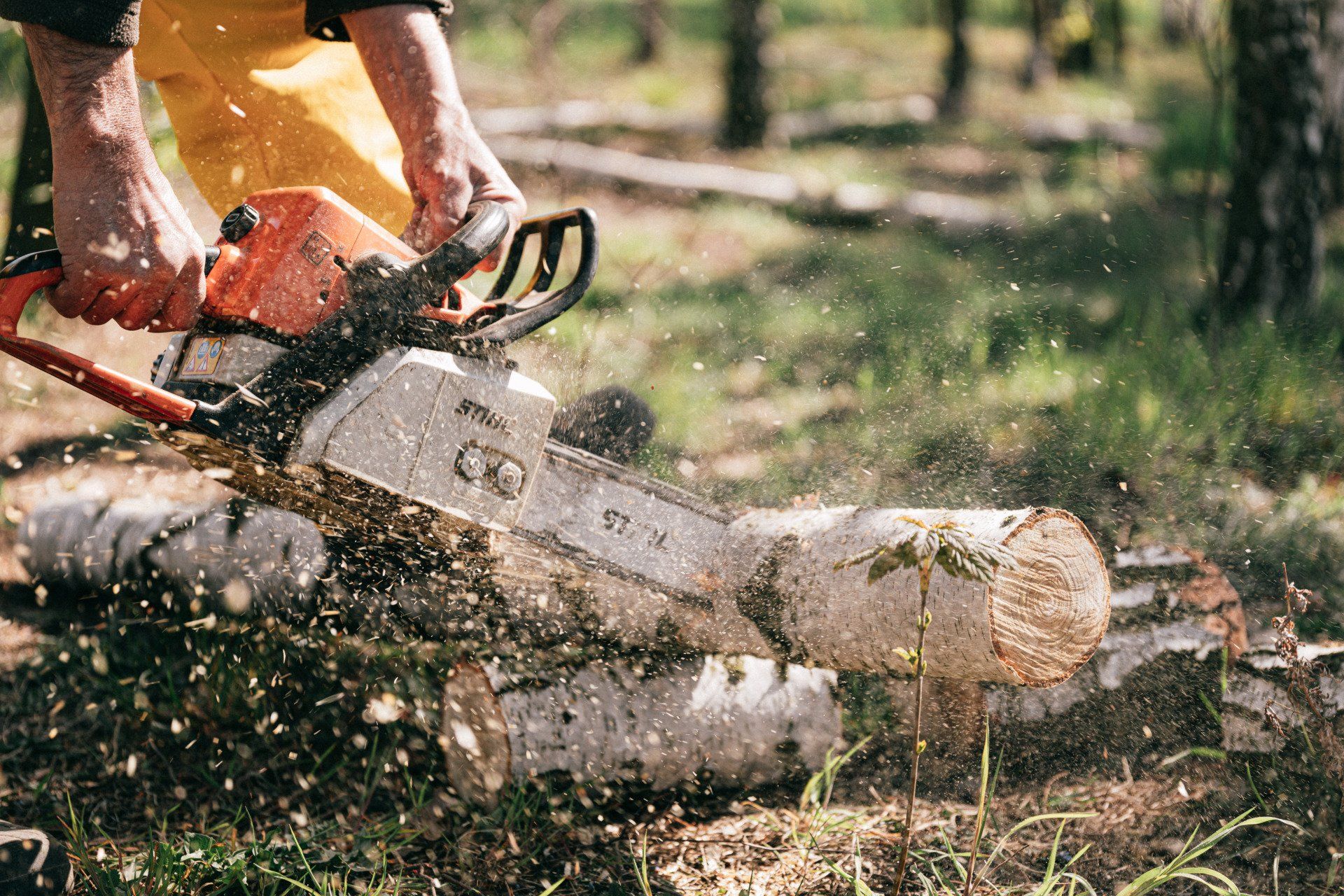
Mini Chainsaws
Primary Purpose: Pruning, cutting small to medium branches, felling small trees
Branch Size: Up to 6 inches
Mini Chainsaws are the baby brother to standard chainsaws. They usually have chain lengths up to 6". These are phenomenal for the average homeowner who has small pruning jobs around the house.
Most mini chainsaws are lightweight, battery powered saws getting up to about 2 to 3 pounds in weight. They take no expertise to use, just a little bit of common sense.
Most homeonwners would be better off with a mini chainsaw if they aren't planning on doing any extensive logging for firewood or deep forestry work. They have minimal maintenance requirements which includes tightening the chain or priming the chain with oil.
Hedge Trimmers
Primary Purpose: Trimming and shaping hedges
Branch Size: 1 to 2.5 inches, bushes, shrubs
A hedge trimmer is a tool to cut, shape, and trim hedges and shrubs. They are often used to maintain hedges in homes and public spaces.
While electric hedge trimmers are common in residential uses, they may also be battery- or gas-operated. These trimmers have a set of blades that work in a back-and-forth motion to cut hedges.
There are many types of hedge trimmers, such as pole hedge trimmers and handheld hedge trimmers. The former have fiberglass poles to reach high places, while the latter are handheld and more suitable for smaller hedges.
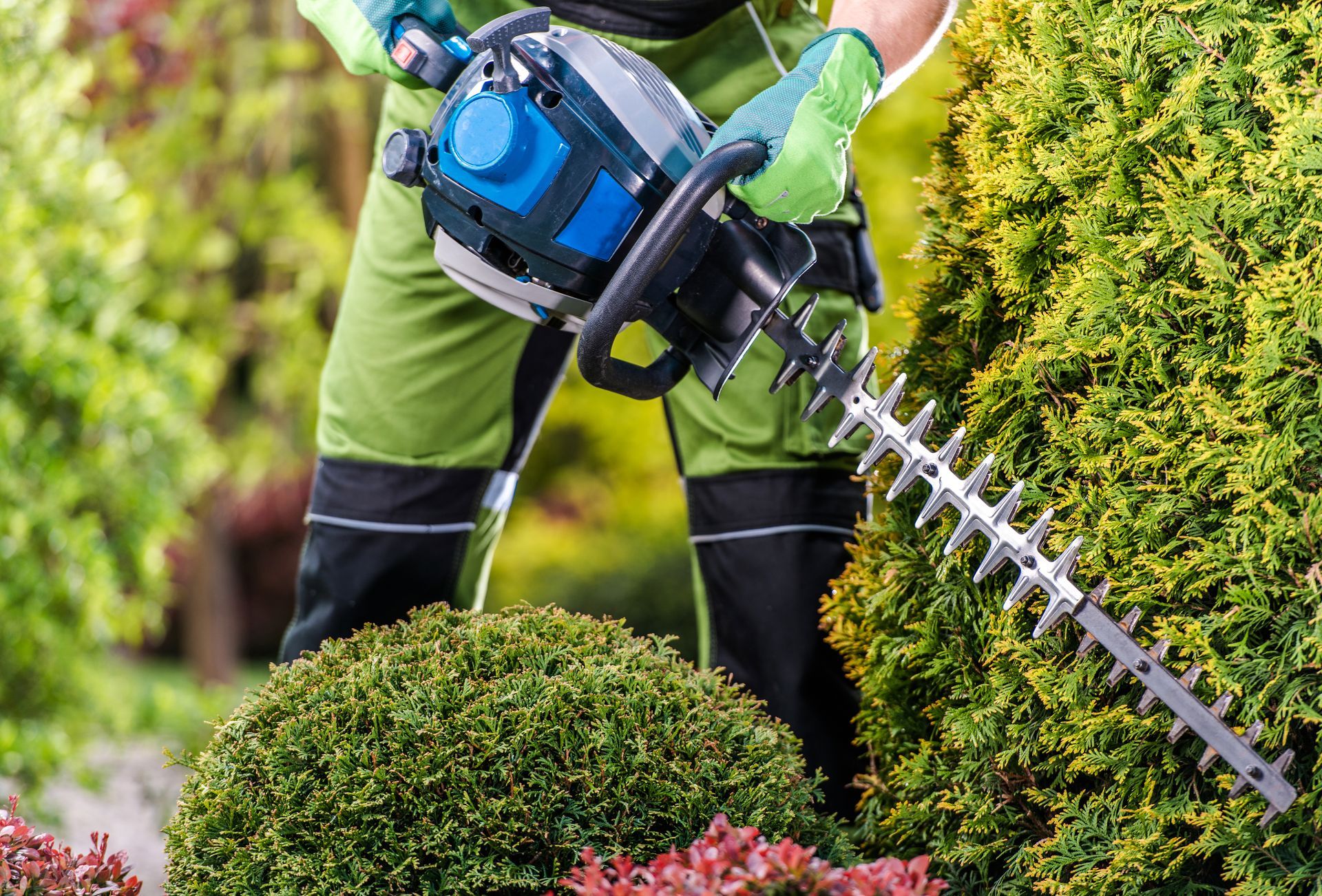
Topiary Shears
Primary Purpose: Shaping shrubs
Branch Size: 5 mm
Topiary shears are less commonly used than other tree cutting tools since they have a specialized purpose. They are used in topiary gardening, where gardeners use them to shape plants artfully to create decorative shapes.
Unlike standard pruning shears, topiary shears have shorter and more curved blades. These blades make precise cuts for intricate shaping and trimming.
Topiary shears are also lightweight and small compared to pruning shears. Their ergonomic design makes them easier to use and maneuver when shaping plants.
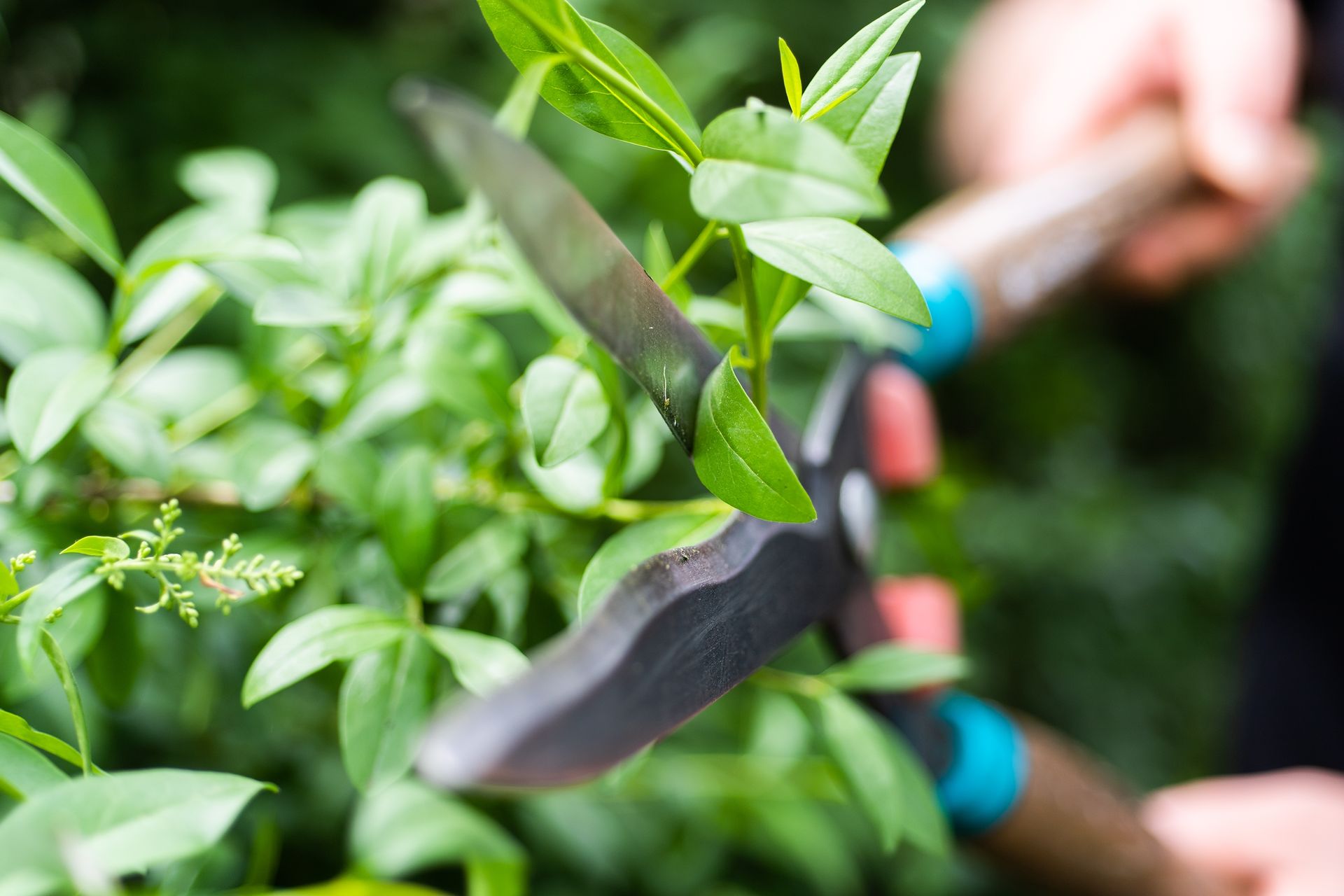
Rope Saws
Primary Purpose: Cutting higher limbs
Branch Size: 14 to 16 inches
Rope saws are cutting tools used to cut hard-to-reach branches as they have a flexible chain with a row of serrated teeth. The saw can cut through wood better than hand shears.
When using a rope saw, you have to wrap the saw around the material you want to cut, such as a branch. Then, you move the rope back and forth, allowing the serrated teeth to cut through the wood.
Since the rope is flexible, it can reach around irregular shapes and in tight spaces. Besides home gardening, rope saws are also used in arboriculture and forestry.
Bow Saws
Primary Purpose: Cutting wood
Branch Size: 4 to 6 inches
A bow saw is a handsaw with a straight and narrow blade that is attached to its frame in the shape of a bow. The blade is long, often ranging up to 30 inches, and contains coarse teeth to cut through wood.
Meanwhile, the frame may be made of wood or metal. It's easy to maneuver and can cut through larger branches with ease due to the tension of the tight wire running through the frame.
Bow saws can trim
large tree branches, cut firewood, and prune shrubs. Most people prefer them for their ease of use and portability.
Hatchets
Primary Purpose: Pruning
Branch Size: Up to 3 inches
If you want to use a conventional tool for tree trimming, a double-edge hatchet is your best bet. It has two sharp blades on the opposing end of the ax's head.
When using a hatchet for pruning, you can make the first notch in the branch with the first blade. Then, remove the branch in a clean cut using the other blade.
Make sure you wear work gloves and eye-protective gear when using a hatchet. Also, sharpen the blade to avoid damaging your tree with blunt cuts. We wouldn't recommend using a hatchet to cut tree branches because, in the end, there are much more efficient, safe tools you can use to trim branches.
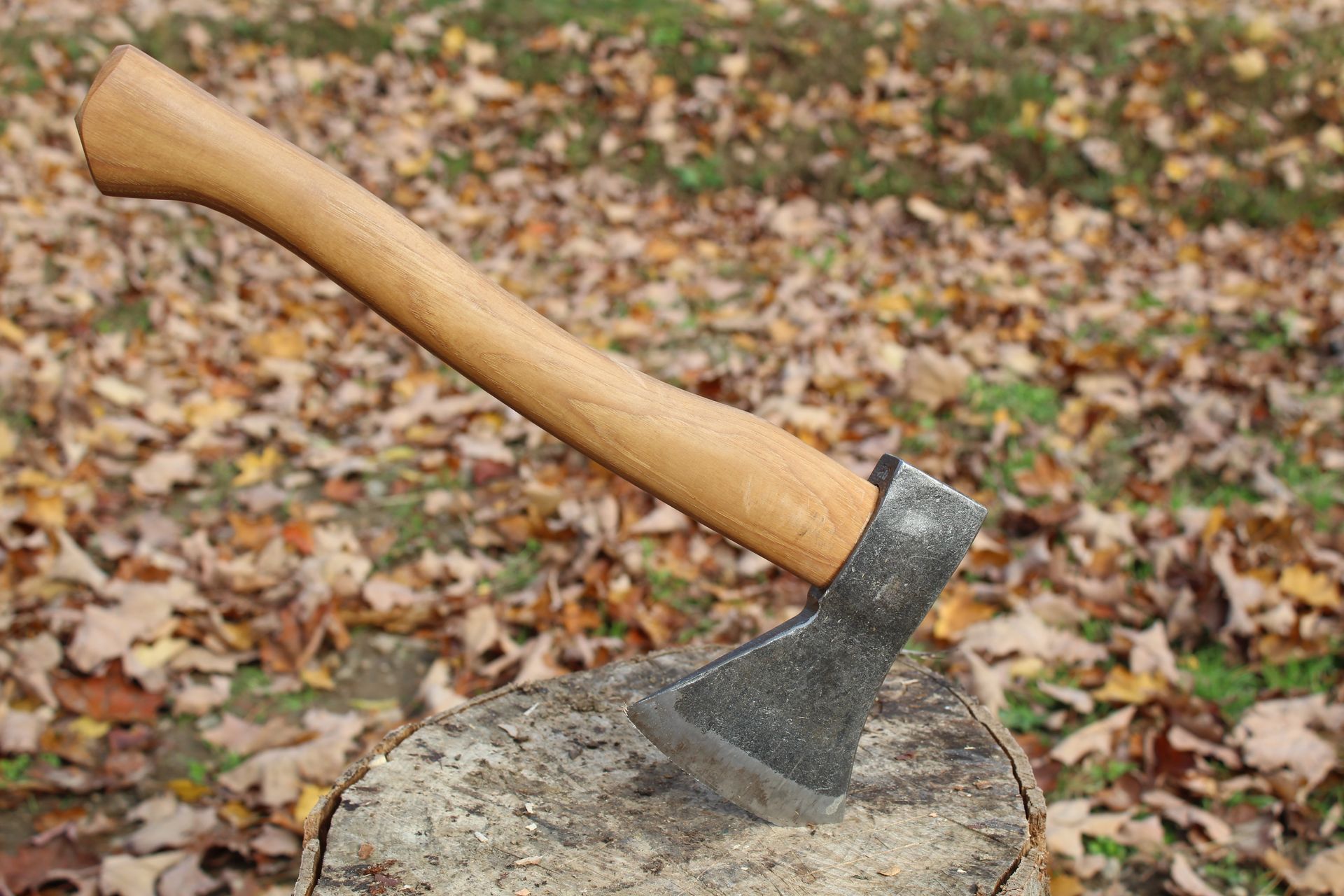
Other Tools Needed When Trimming Trees
Besides these tools, you'll also need the following things for effective pruning.
- Personal Protective Equipment: It includes safety glasses, gloves, and hard hats. These things will protect you from falling branches and dust.
- Ropes: You might need harnesses and ropes to lower higher branches.
- Pruning Paint: To protect the tree from pest infestations and diseases, you can paint the pruned cut with pruning paint. Most pruning paints are petroleum-based. But some also contain asphalt. You can also opt for natural paints containing aloe gel and collagen.
- Wheelbarrow: Make sure you have a tarp or a wheelbarrow to carry the debris from your yard to a disposal area.
- Wood Chipper: After you knock down large branches, you need to get rid of them. That might require you to chop them into lumber. You can feed these branches to a wood chipper for easy disposal.
- Axes: Though axes aren't typically used anymore for pruning trees, they are still very effective for cutting up firewood, and felling trees. Some of the best axes can be used for anything from forestry to logging.
It also helps to have a partner by your side while you're pruning trees. A partner may hold the ladder for you to help you remove thick branches from the yard.
Sweet New Earth Final Say on Tree Trimming Tools
All tree trimming tools mentioned in this guide are worthwhile investments as long as you have a use for them. When choosing tree trimming tools, consider their cost, mechanism of action, and use.
For instance, gas-powered tools have a higher cutting power but are difficult to operate. Meanwhile, electric tree trimming tools are easier to use.
Regardless of the tools, you must exercise caution. Do not get on a ladder with a chainsaw or another battery-powered tool. Always wear personal protective equipment and clear the area around the tree to protect your belongings.
Before you go...
Now that you know all about the top tree-trimming tools, you a ready to learn about the best tools for cutting trees each category.

Carl Anderson
Carl Anderson is an avid outdoorsman with a keen interest in writing about and reviewing tools. He has over 20 years of writing experience and the only time he isn't feverishly typing away at his computer is when he's outside in nature working on his projects. You can learn more about him here.
Join our community!
Join to receive guides, insights, and the latest gardening deals!
Newsletter
Thank you for subscribing!
Please try again later
Sweet New Earth is reader-supported. When you buy through links on our site, we may earn an affiliate commission.
All Rights Reserved | Sweet New Earth
